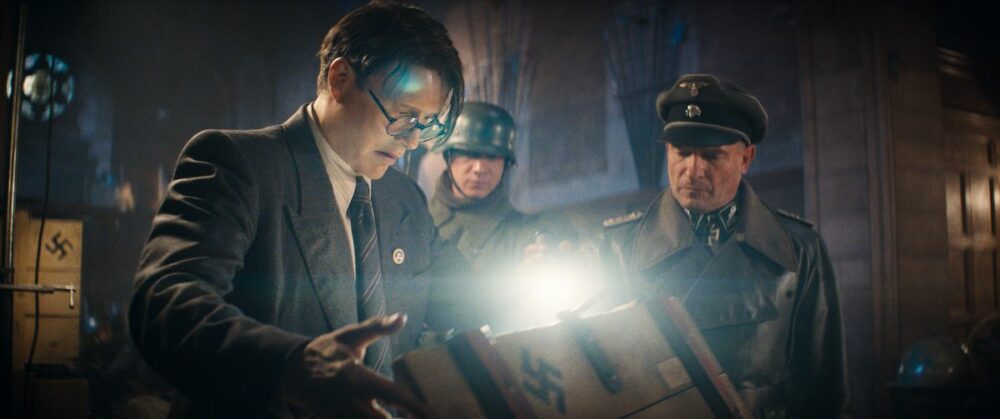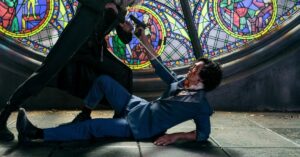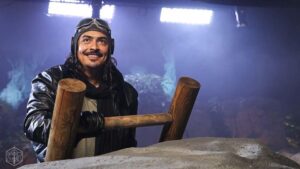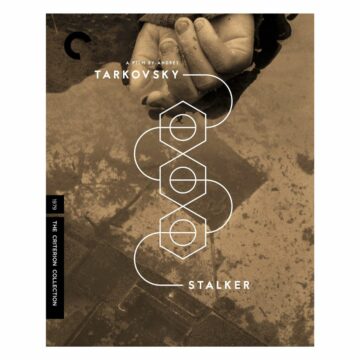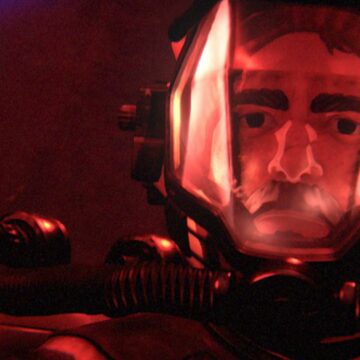Like every Indiana Jones movie after 1984’s Temple of Doom, Indiana Jones and the Dial of Destiny is here to remind you of Raiders of the Lost Ark. It has all the hits: world-hopping archaeologist Indiana Jones (Harrison Ford) reluctantly facing snakes and dutifully facing Nazis. Plus: John Rhys-Davies playing an Egyptian! The film is so dead-set on nostalgic thrills, it’s easy to forget that director James Mangold, alongside writers David Koepp and Jez and John-Henry Butterworth, are very consciously telling a story about an Indiana Jones at the end of his career, and have a genuine interest in taking him somewhere new for what’s intended as his final bow.
This means Dial of Destiny’s last act might come as a complete surprise for viewers, even though the film teases it as a possibility throughout. It’s perhaps the most jarring Indiana Jones moment since — well, the ending of the previous Indiana Jones film, Kingdom of the Crystal Skull. If nothing else, it carries forward a rich tradition of unforgettable endings to Indy’s adventures. It also feels like it’s contrary to the spirit of every Indiana Jones movie before it. Let’s talk about it.
[Ed. note: Spoilers for the entirety of Indiana Jones and the Dial of Destiny follow.]
How does Indiana Jones and the Dial of Destiny end?
Indiana Jones and the Dial of Destiny follows Indy and many other less savory folks as they race to find the Antikythera, the Greek name for the film’s eponymous Dial of Destiny. Also called the Archimedes Dial after its inventor, the Greek mathematician Archimedes, the Dial is allegedly a compass of sorts, one that points to anomalies in space and time.
Jürgen Voller (Mads Mikkelsen), the film’s villain, is a former Nazi scientist who got into the U.S. government’s good graces by helping with the moon landing and pretending to have been reformed. Secretly, he’s after the Dial in the hopes that he can use it to travel back in time to World War II and lead the Nazis to victory. What actually happens is stranger than that.
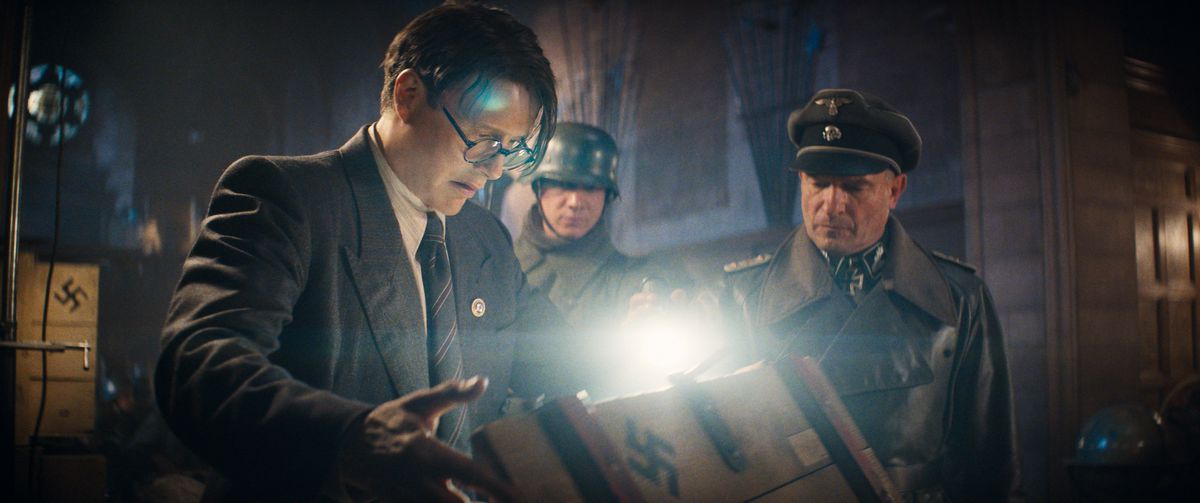
The Dial works as advertised, leading Voller to a rift in time at the center of a storm. But Voller’s calculations are wrong — the portal doesn’t take his plane full of secret Nazis back to the war, but to the Sicilian city of Syracuse circa 212 BCE, when the city was under siege by the Romans. It’s the battle where Archimedes dies.
The final fight in Indiana Jones and the Dial of Destiny involves Indy and his goddaughter Helena (Phoebe Waller-Bridge) defeating the Nazis while avoiding the Romans. In the end, the heroes succeed, but Indy suffers a grievous injury. Helena wants to save him and bring him back to the present, but Indy is moved by the living history around him, and after meeting Archimedes himself, says he wants to die there in the past.
Helena, smartly, knocks Indy out and brings him back to the present of 1969, where he can be hospitalized and saved.
The case for Dial of Destiny’s ending
In an interview with Uproxx, director James Mangold notes that the artifact in an Indiana Jones movie is like Chekhov’s gun — the ancient object discussed in the first act has to go off in the third and show its power. It also, he argues, must tie into Indy’s personal journey, and help him resolve whatever he’s struggling with.
Indiana Jones and the Dial of Destiny is set at a point in Indy’s life where he doesn’t feel like he belongs anymore. Mankind has made it to the moon, his son Mutt (Shia LaBeouf in Kingdom of the Crystal Skull) died off screen in Vietnam, his marriage with Marion Ravenwood (Karen Allen) is over, and he’s about to retire from his long career as a professor. There is a strong thematic resonance in the idea of Indiana Jones yearning to hide in the past, and wanting to remain there when he miraculously ends up in an era he devoted his life to studying.
Trouble is, it’s incongruous with the Indiana Jones movies before it.
The case against Dial of Destiny’s ending
Even though the same two people — Steven Spielberg and George Lucas — shepherded every prior Indiana Jones movie, each film is a wildly different flavor of pulp throwback. One thing is consistent, though: The artifact at the center of each story blurs the line between fact and fiction, lying on the threshold of history and myth.
“Archaeology is the search for fact, not truth,” Indy tells his classroom at the start of Indiana Jones and the Last Crusade. It’s a clever line that sums up both Indy’s biggest drive and his biggest blind spot: He resolutely believes that history is discoverable and explainable, even as he’s continually encountering things that defy explanation, and growing as a person because of it.
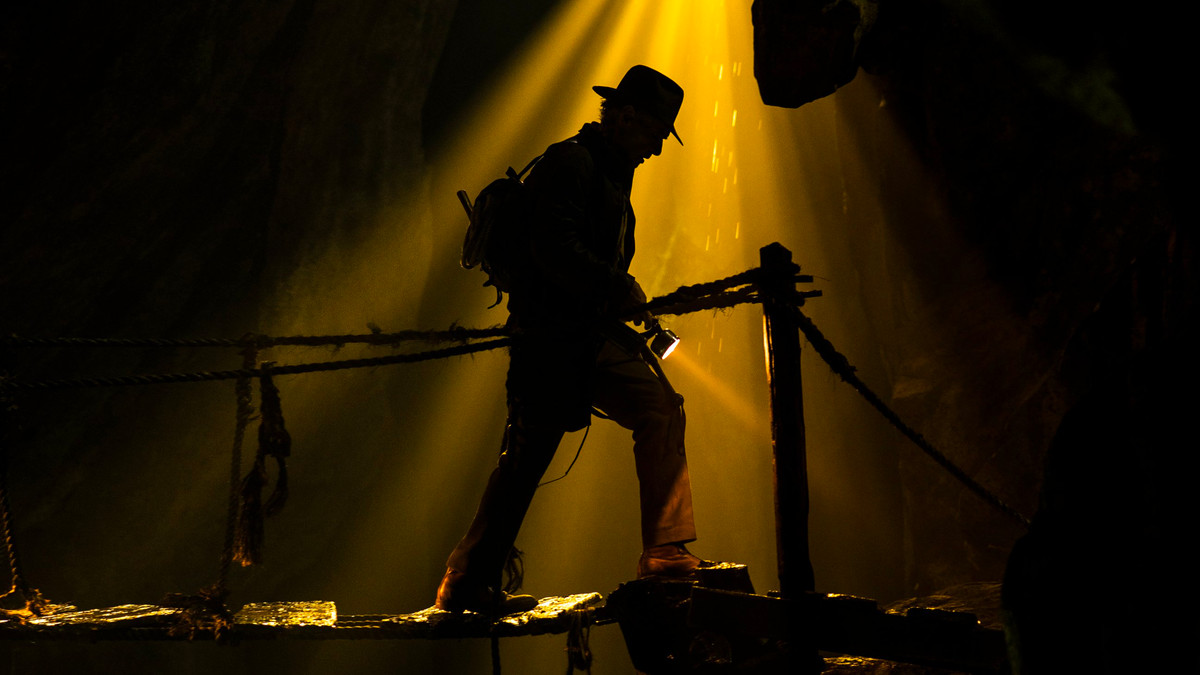
In Dial of Destiny, Indy is skeptical of the Dial’s abilities, but it doesn’t ultimately force him to confront something he doesn’t understand. In fact, it tempts him with a version of the world he already knows.
While it is jarring and a bit silly to see Indiana Jones talking to Archimedes, Dial of Destiny’s script does set the moment up thematically, and a solid argument could be made for it within the logic of the film. Take a step back, though, and the ending becomes a metaphor for the ways a franchise gets hollowed out as sequel after sequel pile up, and the story gets further away from its center.
The Indiana Jones movies were always throwbacks to pulp adventure serials. They were in 1981 when Raiders of the Lost Ark premiered, and they were in 2008 with Kingdom of the Crystal Skull — a film that, while derided, was designed to evoke ’50s sci-fi the way the previous films in the franchise evoked movies like the 1939 adventure Gunga Din. While Dial of Destiny is all about a compass, it doesn’t lead its viewers anywhere but to other Indiana Jones films. It bends the franchise into a navel-gazing ouroboros. Superficially, as Mangold says, it’s a story about moving on. But it isn’t — it’s a regressive story about Indy choosing a world he knows, and history he knows. And it’s about the franchise itself retreating into self-parody. Much like Indiana himself, this final installation of the series is stuck in the past — and shows no indication of what a problematic message that is.
- SEO Powered Content & PR Distribution. Get Amplified Today.
- PlatoData.Network Vertical Generative Ai. Empower Yourself. Access Here.
- PlatoAiStream. Web3 Intelligence. Knowledge Amplified. Access Here.
- PlatoESG. Automotive / EVs, Carbon, CleanTech, Energy, Environment, Solar, Waste Management. Access Here.
- BlockOffsets. Modernizing Environmental Offset Ownership. Access Here.
- Source: https://www.polygon.com/23778933/indiana-jones-and-the-dial-of-destiny-ending-explained
- 2008
- a
- abilities
- About
- act
- actually
- Adventure
- after
- Against
- All
- allegedly
- alongside
- already
- also
- always
- an
- ancient
- and
- anymore
- ARE
- Ark
- around
- as
- At
- away
- back
- Battle
- BE
- because
- becomes
- been
- before
- believes
- belongs
- between
- Biggest
- Bit
- Blurs
- Bonkers
- both
- BRIDGE
- bring
- brings
- but
- by
- calculations
- called
- CAN
- Career
- case
- Center
- Choosing
- Circa
- City
- come
- Compass
- complete
- consistent
- continually
- contrary
- could
- Crystal
- David
- designed
- Destiny
- died
- different
- Director
- discussed
- Doctor
- does
- drive
- each
- easy
- else
- encountering
- end
- ends
- era
- even
- Every
- explanation
- facing
- fact
- feel
- Fiction
- fight
- Film
- films
- Final
- find
- First
- follow
- follows
- For
- force
- Ford
- Former
- Forward
- Franchise
- from
- full
- further
- Gaming
- genuine
- George
- go
- good
- Greek
- Growing
- gun
- happens
- has
- Have
- he
- help
- helping
- here
- heroes
- Hide
- him
- his
- history
- hits
- hopes
- HTTPS
- idea
- if
- ii
- in
- Indiana
- indication
- injury
- INSIDE
- installation
- intended
- interest
- Interview
- into
- Is
- IT
- ITS
- itself
- james
- john
- jones
- journey
- jpg
- karen
- Landing
- last
- lead
- leading
- less
- Life
- like
- Line
- living
- logic
- Long
- lost
- Lost Ark
- made
- mankind
- many
- means
- Meeting
- Message
- might
- moment
- Moon
- most
- moved
- movie
- Movies
- moving
- much
- must
- name
- New
- no
- not
- notes
- nothing
- of
- off
- on
- One
- opens
- Other
- out
- over
- Past
- People
- perhaps
- personal
- plato
- plato data intelligence
- platodata
- platogaming
- Playing
- Plus
- Point
- Points
- Polygon
- Portal
- possibility
- power
- present
- previous
- prior
- Race
- remain
- Resolve
- rich
- rift
- s
- same
- save
- says
- Sci-Fi
- scientist
- Screen
- Search
- Secret
- see
- sequel
- Series
- set
- Shadow
- show
- shows
- since
- So
- solid
- something
- son
- Space
- spirit
- Spot
- start
- step
- steven
- still
- Storm
- Story
- stranger
- strong
- struggling
- studying
- succeed
- surprise
- Take
- taking
- talk
- talking
- tells
- than
- that
- The
- the world
- there
- they
- thing
- things
- third
- this
- though
- Throughout
- TIE
- time
- to
- tradition
- travel
- two
- u.s.
- ultimately
- under
- Understand
- up
- use
- version
- very
- victory
- Vietnam
- viewers
- wanting
- wants
- war
- was
- way
- ways
- well
- were
- What
- whatever
- when
- where
- while
- WHO
- Wikipedia
- with
- within
- works
- world
- wrong
- you
- zephyrnet
